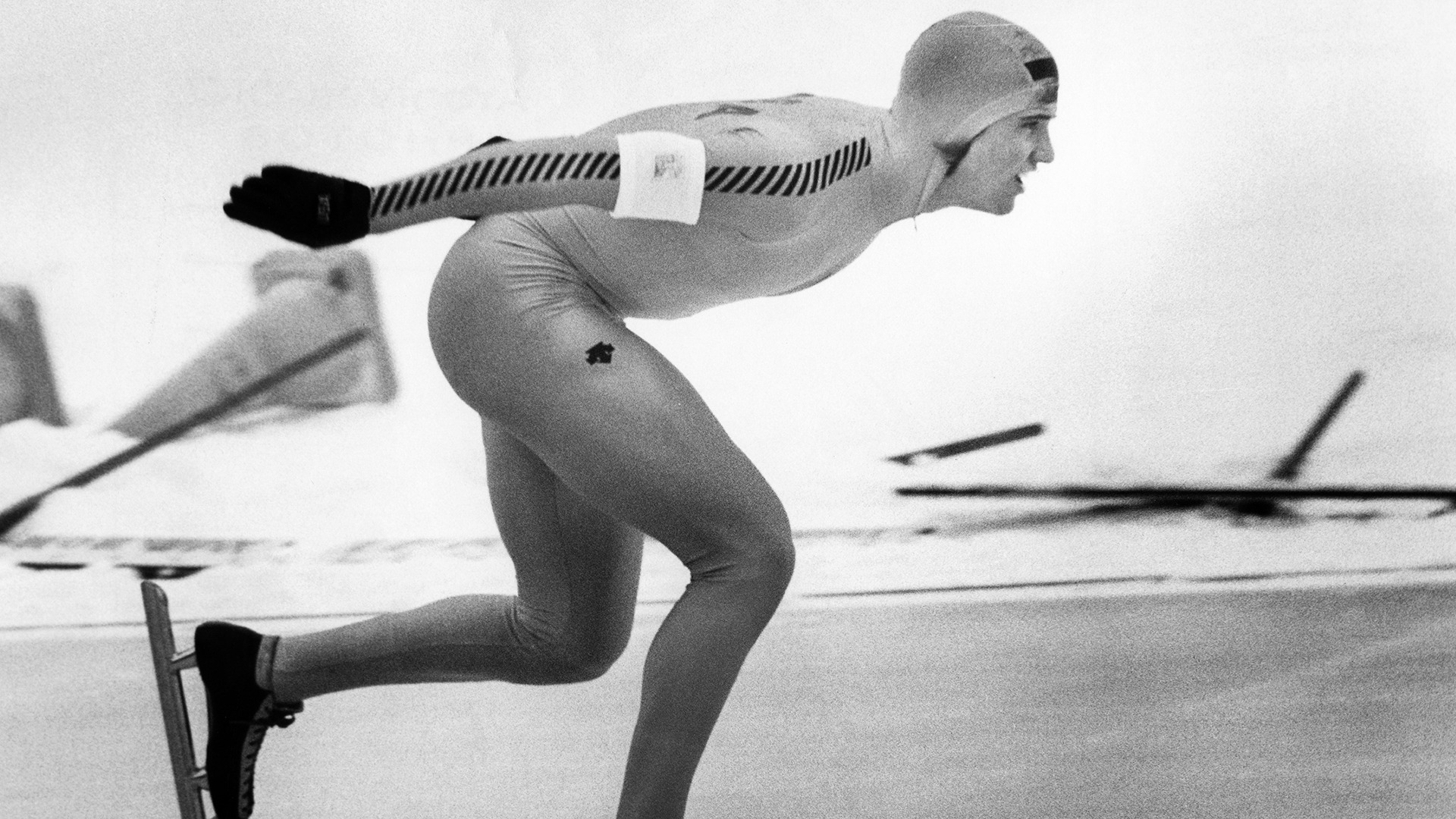
Eric Heiden
Eric Heiden won an unprecedented gold medals in all five distances at the Lake Placid 1980 Olympic Winter Games, from the 500-meter sprint to the grueling 10,000-meter race.
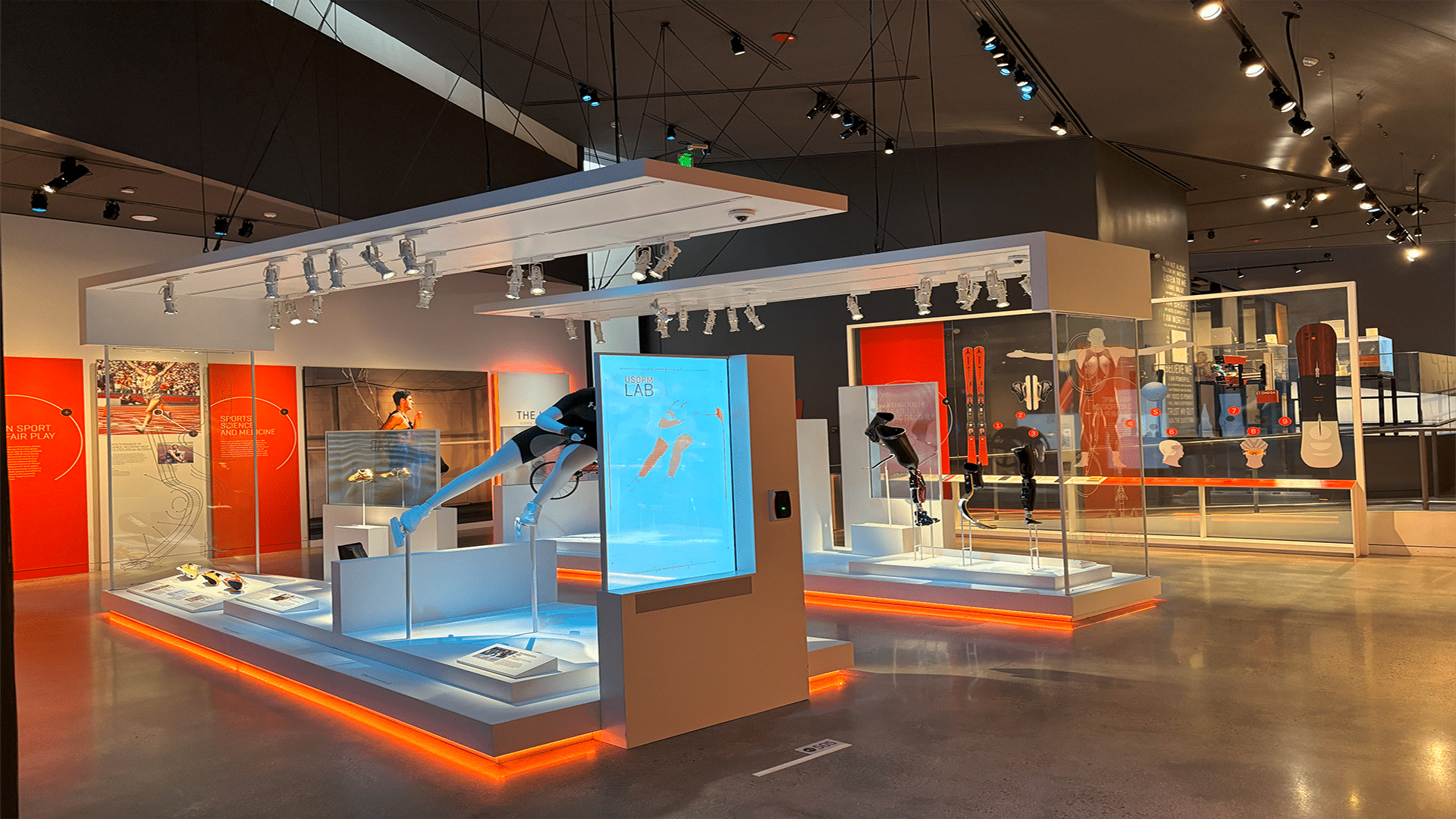
The Lab demonstrates how science and technology play a role in maximizing an athlete’s performance in training and competition. This gallery highlights technological advancements in equipment, rehabilitation and recovery methods and showcases the importance of clean sport.
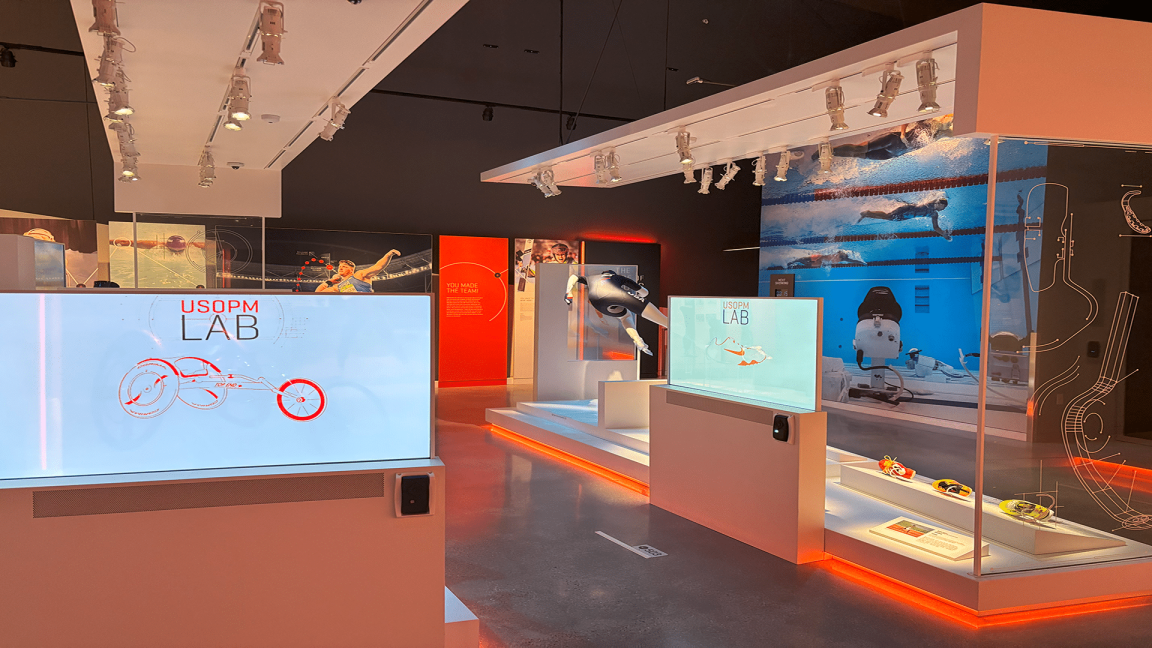
Do you ever wonder how athletes are able to go so fast? In the Lab, guests learn some of the secrets behind Team USA’s specialized technology, including the science behind swimsuit and speedskating fabrics, as well as why some athletes wear that strange tape all over their bodies.
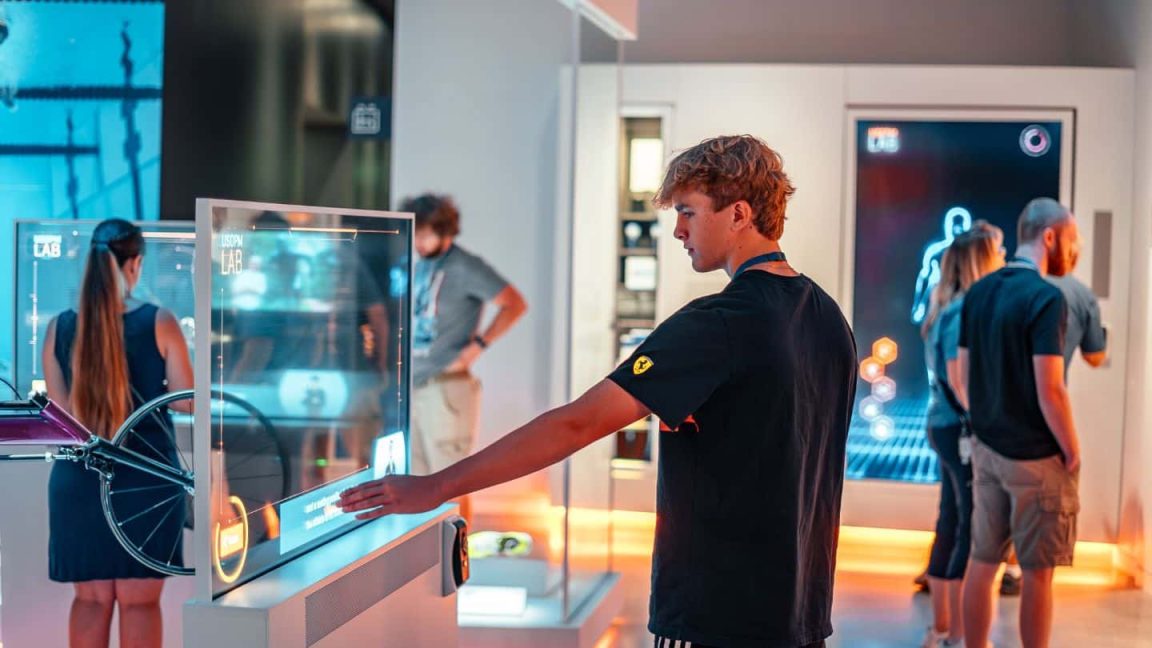
What goes into being an Olympic and Paralympic shoemaker? A lot! Elite athletes are often among the first to benefit from advances in technology and design. As part of this exhibit, the Lab explains just how far Nike went to develop track spikes for sprinters.
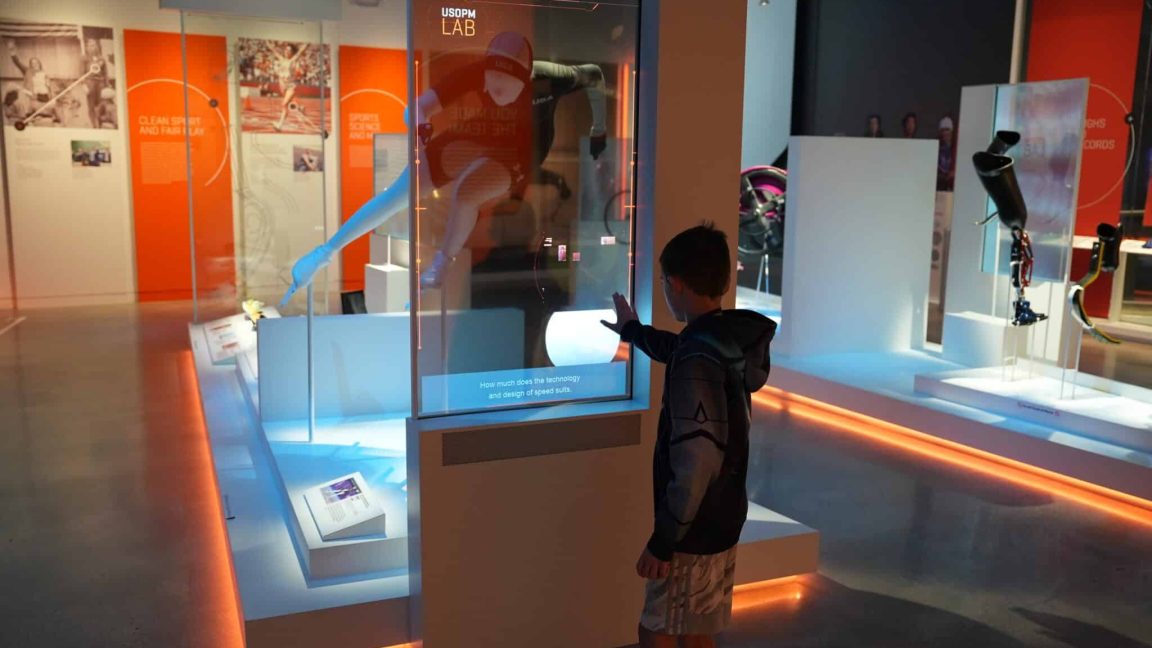
It’s not only about going faster but slowing down as well. Athlete technology extends into training and recovery helping to prevent from competition wear and tear and burnout. When thousandths of a second can be the difference in a podium finish, high-tech recovery systems become even more important. In the Lab, guests will see ways athletes get some much needed rest by enhancing their range of motion and blood flow and decreasing inflammation.
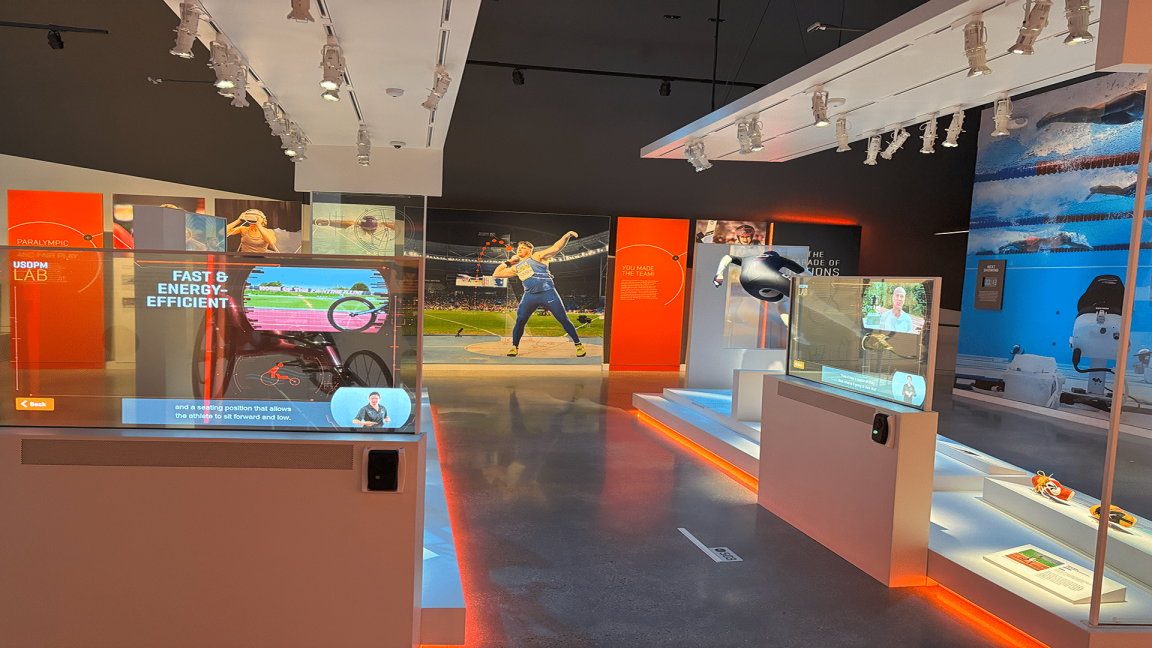
Some athletes will do anything to gain an edge, even going beyond the rules of fair play. But with advancements in technology, there have been improved testing and enforcement that help protect the Games’ integrity and prevent cheating.
U.S. Olympic & Paralympic Hall of Fame members Edwin Moses and Eric Heiden narrate pieces in this gallery. Moses, who is the chairman of the World Anti-Doping Agency’s Education Committee and previously served as chairman of the U.S. Anti-Doping Agency’s Board of Directors, talks about what is being done to combat doping. Heiden, an orthopedic surgeon, provides a look at the effects of doping on the body.
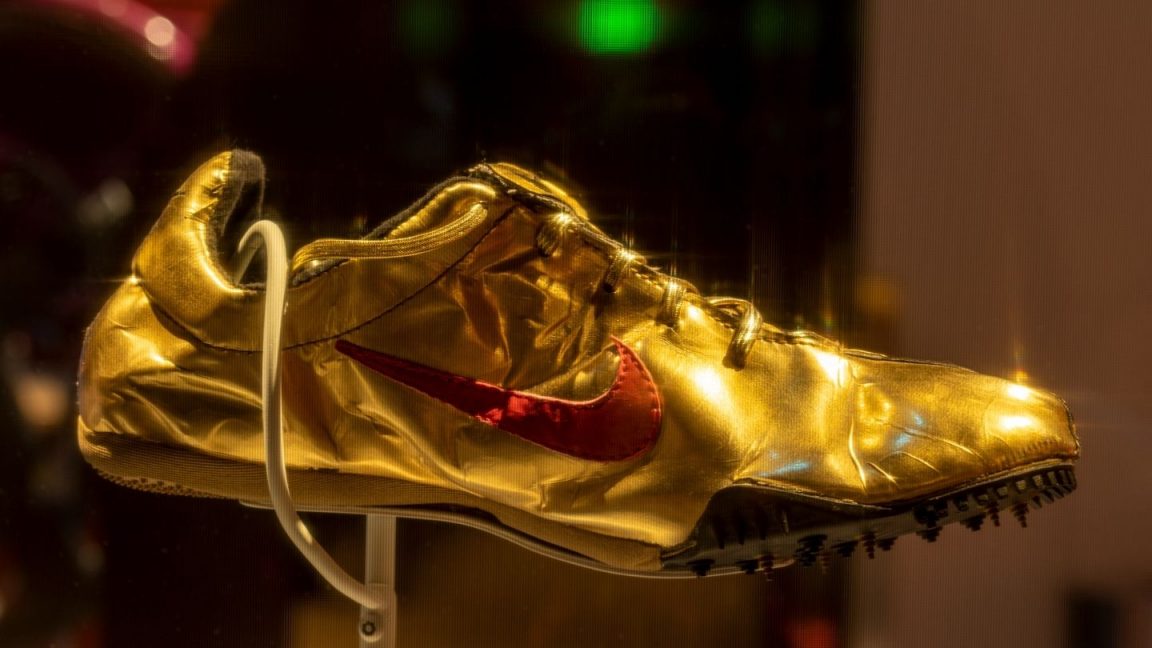
In his custom-made gold shoes, Michael Johnson won the 400-meter race and 200-meter race at the Atlanta 1996 Olympic Games, shattering the world record by .34 seconds in the latter.
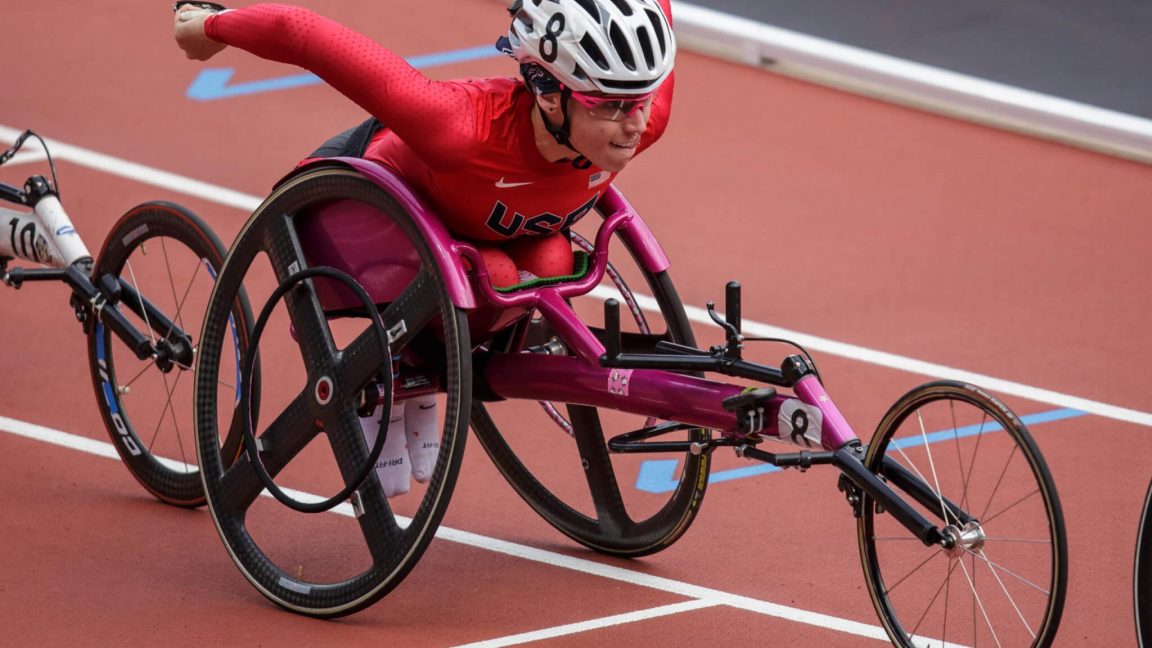
Despite being paralyzed from the waist down since childhood, Amanda McGrory has since become one of the world’s top wheelchair racers.
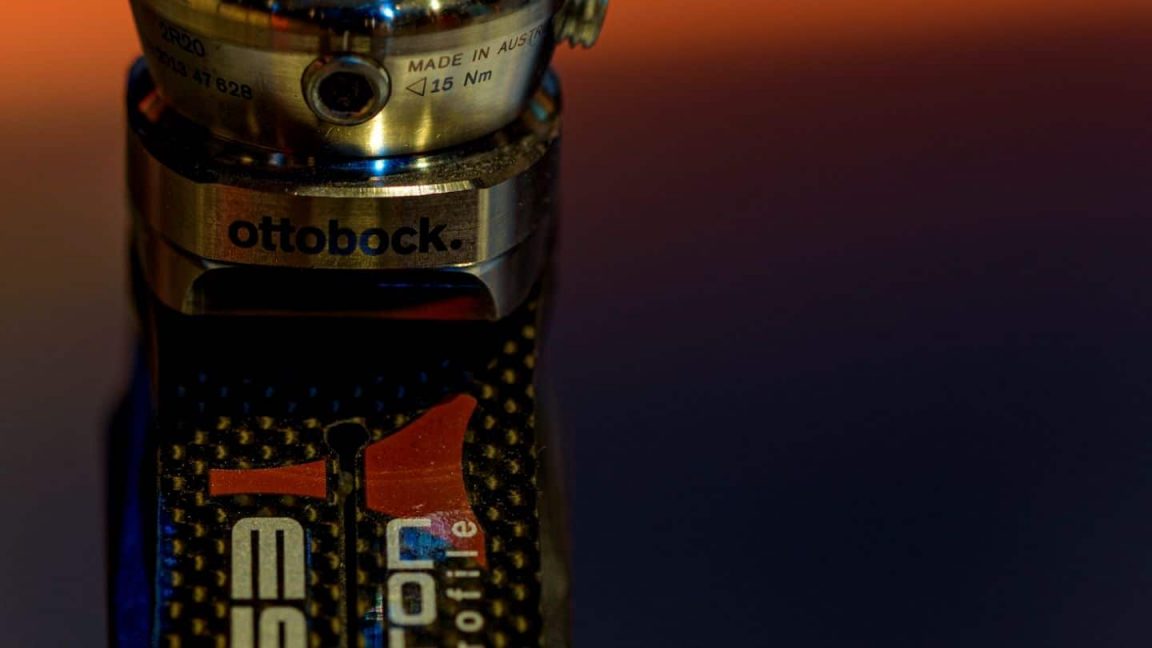
Scout Bassett discovered her passion for track and field when only a teenager and continued to prove herself a dominant force in the sport.

Eric Heiden won an unprecedented gold medals in all five distances at the Lake Placid 1980 Olympic Winter Games, from the 500-meter sprint to the grueling 10,000-meter race.
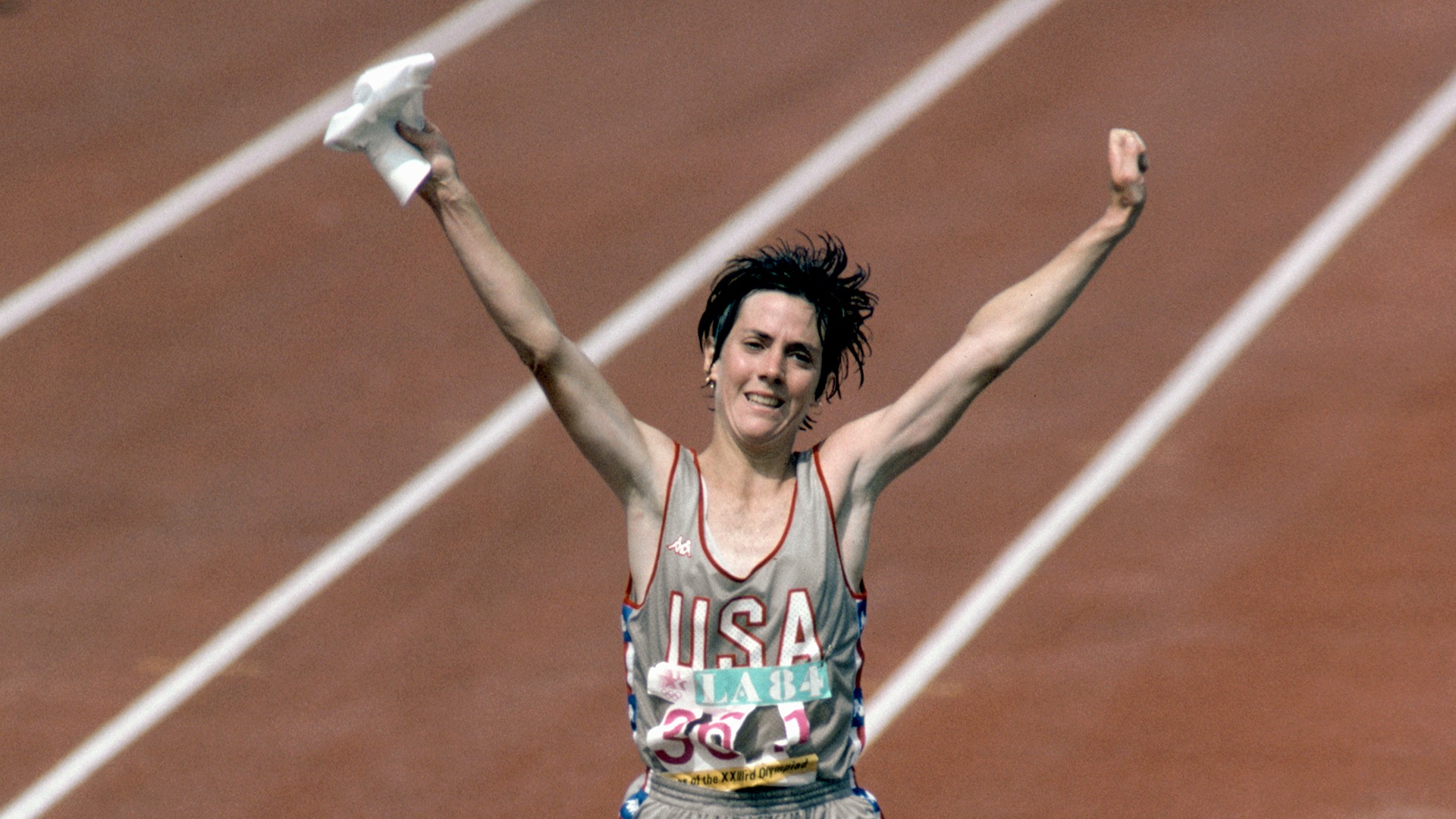
Joan Benoit had knee surgery 17 days before the 1984 U.S. Olympic Trials, but finished first at the Trials and won gold in the first-ever Olympic women’s marathon at the Los Angeles 1984 Olympic Games.

Edwin Moses won 122 consecutive races in the 400-meter hurdles, including two Olympic gold medals.

U.S. Olympic & Paralympic Museum offers parking in the adjacent Park Union District lot for $7.50 per-day. Metered parking is also available on Sierra Madre and Vermijo.
Subscribe now to keep up to date on Museum news and events!
Olympic Marks are used under license from the U.S. Olympic & Paralympic Committee. 36 U.S.C. 220506
Website development supported in part by a grant from the Colorado Tourism Office.